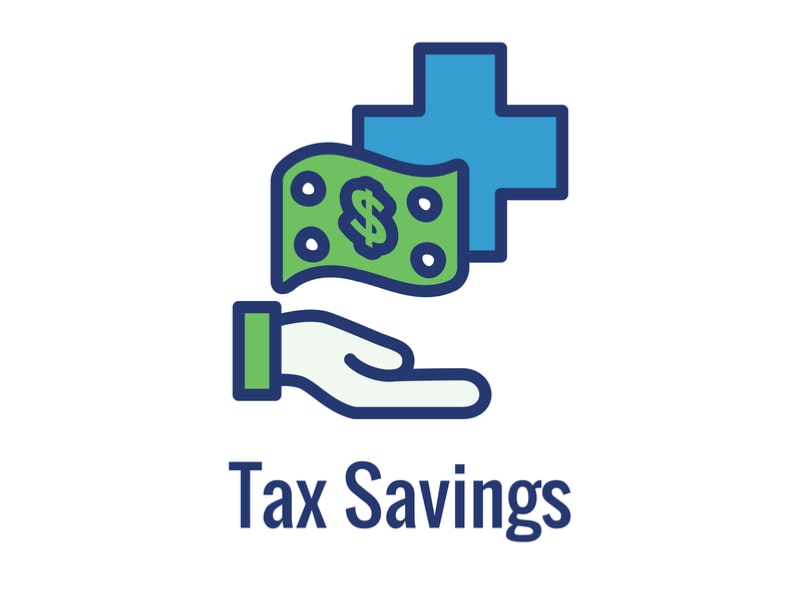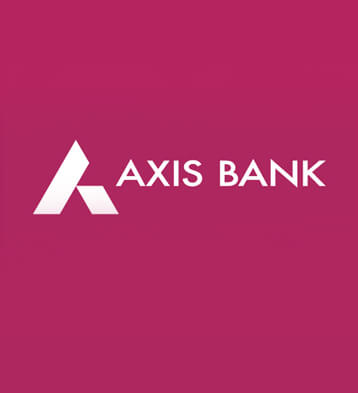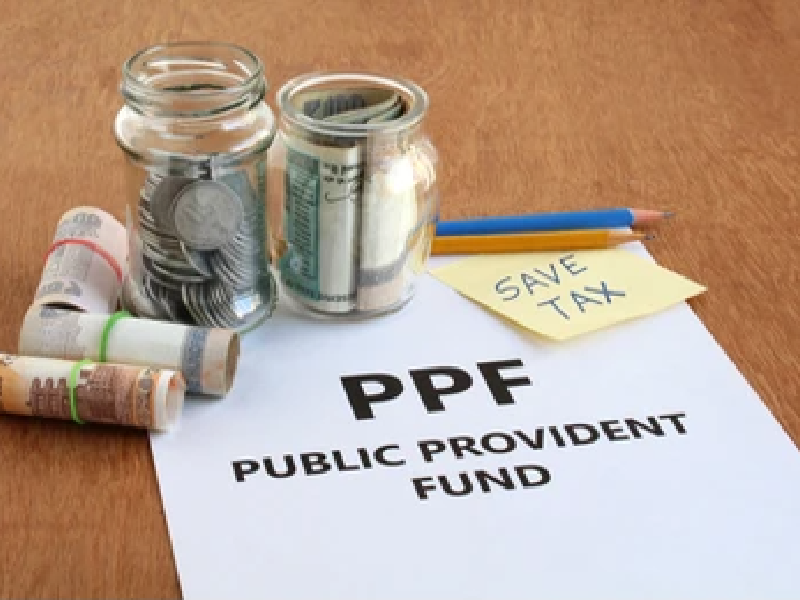
Tax Saving Fixed Deposits allow investors to easily avail tax deduction under Section 80C of the Income Tax Act, 1961. Investors can get a deduction of up to Rs. 1.5 lakhs by investing in tax saving fixed deposits. These investments require investors to remain invested in these for a minimum of 5 years and a maximum of 10 years. Investors cannot make partial or premature withdrawals from tax-saving fixed deposit investments.
Many banks, including DCB Bank, SBI, HDFC Bank, IDBI Bank, and Axis Bank, offer comparatively higher interest rates on tax saver fixed deposit schemes.
What are tax-saving FDs?
Tax saver fixed deposit is a type of deposit scheme through which investors can get tax deduction under section 80C of the Indian Income Tax Act, 1961. Investors can claim a deduction on the investment amount up to Rs 1.5 lakhs by investing in tax saver FDs.
Investors can also nominate someone to withdraw the deposit amount before or after maturity in the event of their demise. Tax-saving FDs work in the same way as any other bank fixed deposits since the maturity amount (principal amount + FD Interest) is credited directly to an investor’s bank account.
These deposits come with a lock-in period of 5 years and the interest rates could range from 5.5%–7.75% as per current trends. However, the interest earned on these is taxable.
Recommended Read – Pros and Cons of Investing in Fixed Deposits
Top tax saving FD rates 2021
Here are some of the best tax-saving FD options as per interest rate offerings in 2021:
| Banks | Tax Saver FD Interest Rates* | |
| General Citizens | Senior Citizens (60 years and above) | |
| RBL Bank | 6.5% | 7.0% |
| YES Bank | 6.5% | 7.25% |
| SBM Bank | 6.0% | 6.5% |
| DCB Bank | 5.95% | 6.45% |
| IDFC First Bank | 5.75% | 6.25% |
| Axis Bank | 5.75% | 6.5% |
| Federal Bank | 5.6% | 6.25% |
| State Bank of India | 5.4% | 6.2% |
| HDFC Bank | 5.5% | 6.25% |
| IDBI Bank | 5.25% | 5.75% |
What are the advantages of tax saving fixed deposits
Some of the benefits that can be availed from tax saving fixed deposits are:
- Investors can easily save tax by investing in these as per tax laws stated under section 80C of the Income Tax Act
- Combined benefits of tax savings and guaranteed returns
- These generally require a minimum deposit amount of only Rs. 1,000, depending on specific terms of the bank
- The maximum tax-deduction that can be availed on a deposit in a financial year is Rs. 1,50,000
- Lock-in period is 5 to 10 years
- Investors can also make use of the nomination facility
Tax-saving fixed deposits are considered safer as compared to other investment instruments offering tax benefits. Thus, it is preferred by risk-averse investors. Some of the benefits that investors can enjoy with tax-saving FD are:
- As per Section 80C of the Income Tax Act, 1961, interest earned on tax-saving FD schemes qualifies for tax deductions
- A maximum of Rs. 1.5 lakhs can be claimed as deductions per financial year
- This investment option comes with a lock-in period of 5 years and tenure can be extended to 10 years
- Investors can get an insurance of Rs. 5 lakhs against bank fixed deposits in case the bank goes into liquidation or amalgamation/merger
Important factors to remember while investing in tax saving FD
Here are a few points to note before making an investment in tax-saving FDs:
1. Eligibility:
These investments can be made only by Individuals and HUFs. A minor is also permitted to invest in these jointly with an adult.
2. Minimum deposit:
One can invest in a tax saving fixed deposit with a minimum amount as per the bank’s terms. The maximum amount that can be invested in these for tax benefit purposes is Rs. 1.5 lakh per financial year.
3. Lock-in period:
Tax saving fixed deposits have a lock-in period of 5 years.
4. Withdrawal and loan:
Investors cannot make premature withdrawals from tax-saver fixed deposits. These also do not offer any loan facility.
5. How to invest:
Investment in these FDs can be done through any public or private sector bank. Co-operative and rural banks generally do not offer these schemes.
6. Post office time deposits:
Under section 80C, investors are also permitted to claim deduction for investment in Post Office time deposits that have a term of 5 years. These are transferable from one post office to another and can be opened under ‘single’ or ‘joint’ ownership. For accounts that are under joint ownership, the tax benefit can be availed only by the primary account holder.
7. TDS:
The interest earned on tax-saver FDs is subject to TDS, as per the investor’s income tax bracket. The interest from these deposits is paid out periodically on either monthly/quarterly basis. There is also an option to reinvest the same. TDS can be avoided by submitting Form 15G (or Form 15H for senior citizens) to the bank. For individuals, TDS is applicable if the total interest earnings are above Rs. 40,000 in a financial year. Senior citizens can claim a deduction up to Rs. 50,000 on the interest earnings from deposits under section 80 TTB.
8. Nomination:
Nomination facility is available for these FDs. Nomination facility cannot be availed in case the deposit is held by or on behalf of a minor.
9. Benefits to senior citizens:
Most banks offer a slightly higher interest rate on fixed deposits to senior citizens as compared to the rates applicable to the general public.
Conclusion
Apart from tax-saver FDs, there are other tax-saving investment options that help investors to build wealth over time. Some of these are ELSS tax-saving mutual funds, PPF, and NSC. Fixed deposits are preferred since these are safest savings options that offer capital protection and growth without being impacted by market movements. However, the returns from these are taxable.
FAQs
- Who should invest in a tax-saving FD?
Investors looking for a 5 year investment horizon combined with guaranteed returns under a tax-saving investment option can consider investing in tax-saving fixed deposits.
- How can I open a tax-saving FD?
To invest in a tax-saving fixed deposit, an investor can either apply online or at a bank branch. Different banks offer different interest rates on tax-saving FDs. Therefore, investors must compare rates before making an investment.
- What happens upon the maturity of a tax-saving FD?
Upon maturity of a tax-saving FD, the maturity amount is transferred to the investor’s savings bank account linked to the FD account.
- Which is a better option for tax saving?
Some of the tax saving investment options other than tax-saver FDs that investors can explore include ELSS, NPS, ULIPs, PPF, Sukanya Samriddhi Yojana, NSC, etc.
- Are debt mutual funds better than FDs?
Debt funds can earn returns in the range of 7-9% depending on the fund selected, while tax-saver FDs can earn between 5-7% approximately. Apart from this, debt funds offer higher liquidity as there is no lock-in period vis-à-vis tax-saver FDs that have a lock-in period of 5 years.



























